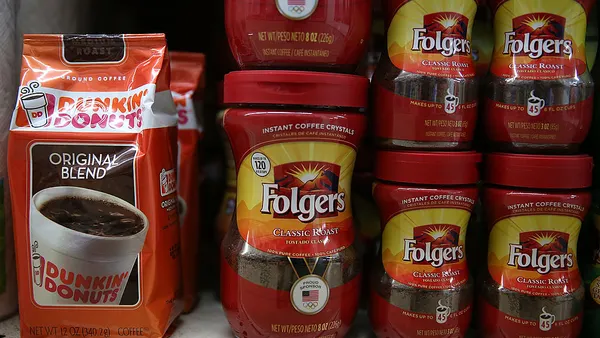Target traced 96% of its palm oil supply down to the mill level in 2022 and is working to trace the remaining volumes, according to a recently updated company webpage about its supply chain transparency.
That level of traceability is up from 76% in 2021 for Target’s owned brands, which the company reported in its latest ESG report from July. At the time, the retailer had set a goal to track its entire palm oil supply by the end of the year.
To track palm oil origins, the company is working with the nonprofit Earthworm Foundation, which works to improve sustainable sourcing around numerous commodities including cocoa, cotton, wood and several others.
Palm oil is widely used in consumer products, including food and cosmetics. Concerns about deforestation and human rights have cast a shadow over the commodity and its use for years.
Indonesia and Malaysia — countries rich in biodiversity — produce over 85% of the global supply, according to the Yale Center for Business and the Environment.
Target sourced 7,542 metric tons of palm oil in 2021, up from 7,095 the year before. The company has worked to increase use of palm oil certified by the Roundtable on Sustainable Palm Oil, which aims to encourage more sustainable production practices and markets.
Target’s procurement of RSPO-certified palm oil increased by 37% between 2019 and 2021. By the end of 2021, use of RSPO-certified palm oil spanned 3,000 products in Target’s owned brands.
Along with palm oil, Target said it is accelerating its traceability initiatives in other commodities as well. It has of late focused on cotton, because of the material’s prevalence in its product assortment as well as regulatory requirements around the fiber. The retailer has said it aims for full visibility in its cotton supply but has not laid out a timeline yet.















